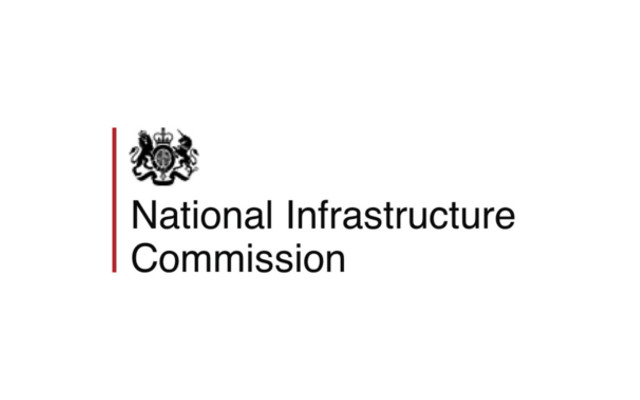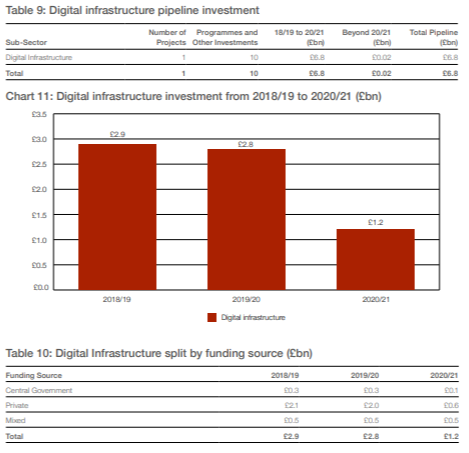The Government has announced the conclusion of its Future Telecoms Infrastructure Review. The Review which was announced in the Industrial Strategy sets out the targets and overall policy framework for the sector for the next 15 years.
The headlines are a confirmation of the Government’s targets for full fibre coverage to reach 15 million premises by 2025 and full coverage by 2033, with 5G coverage by 2027. The targets and accompanying policy shifts – in particular the change in competition models – mark a significant evolution in the Government’s approach.
Commenting on the publication of the report the BSG’s Chair, Richard Hooper CBE, commented “The BSG welcomes the Government’s publication of its Future Telecoms Infrastructure Review and is pleased to be playing a useful role in barrier-busting in implementing fixed and mobile networks, and in PSTN switch-off which is the important precursor to fibre switchover.”
(more…)













